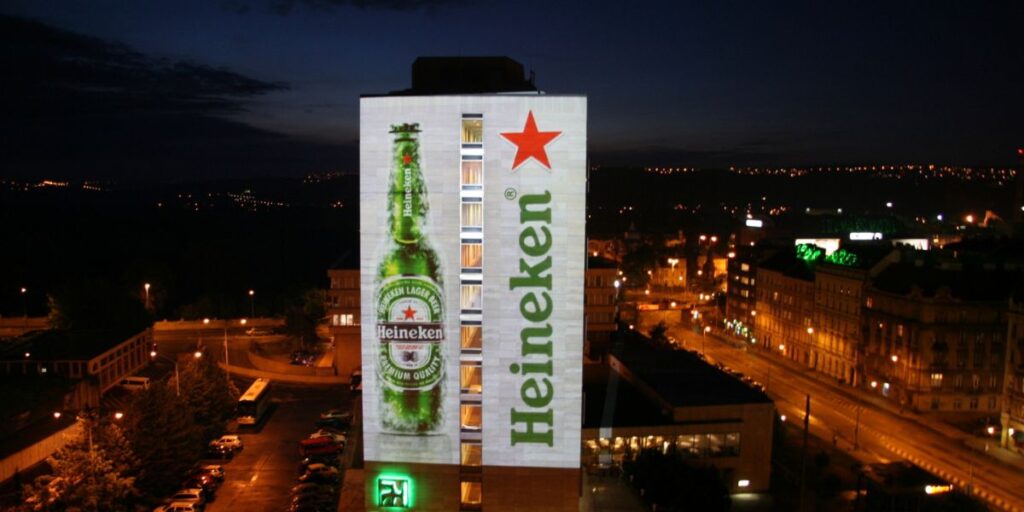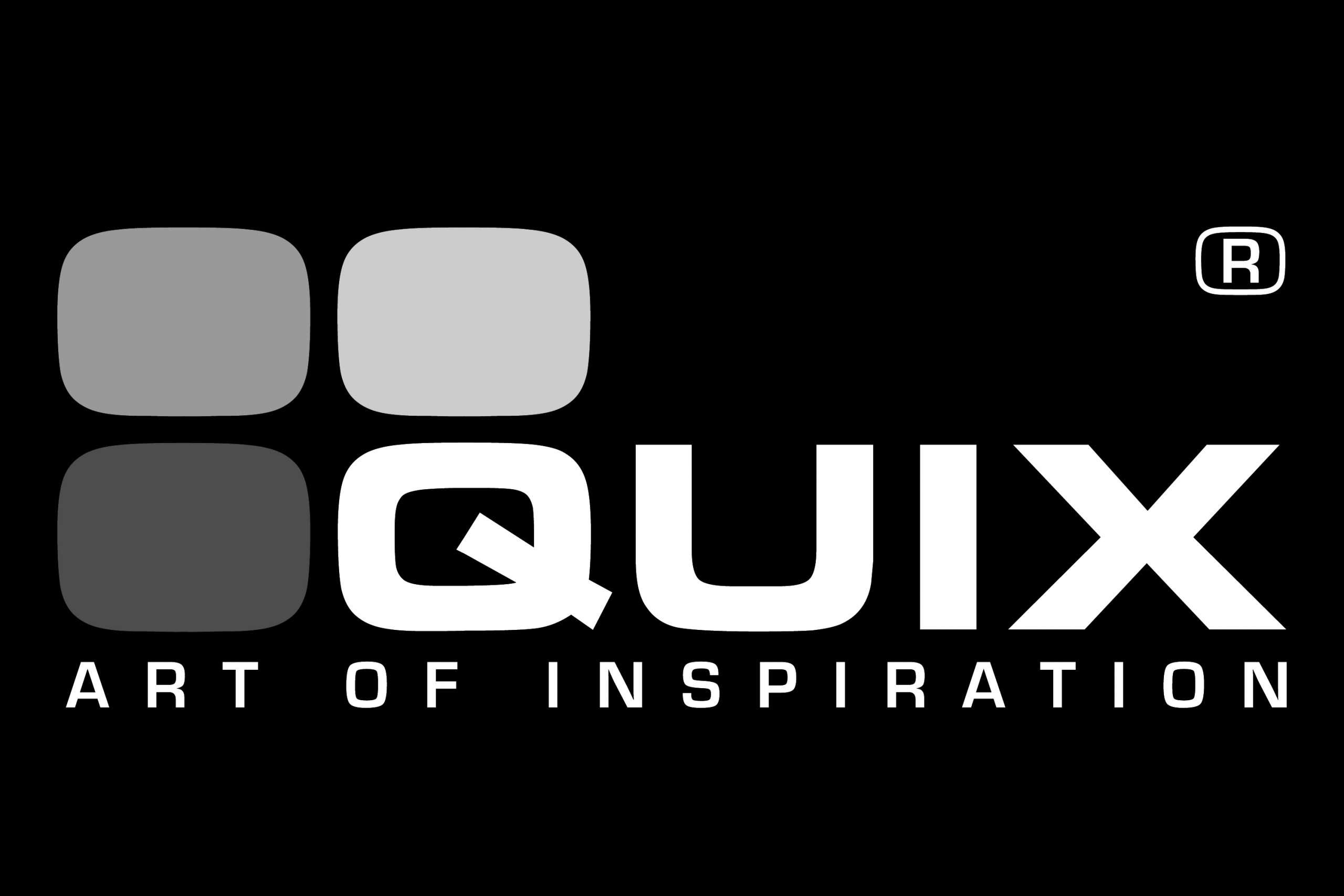Videomapping, also known as 3D projection mapping, is an innovative direction in visual art that combines technology, creativity, and architecture into a dynamic experience. This method uses projection in open spaces onto various objects such as building facades, interiors, sculptures, or even natural scenes. The result is a visually impressive show that transforms spaces and creates the illusion that objects come to life, change, or disintegrate.
This artistic style has gained widespread popularity at cultural events, festivals, corporate gatherings, and celebrations around the world. Thanks to the unlimited possibilities of projection, videomapping can offer viewers unique experiences that combine movement, light, color, and sound.

How Does Videomapping Work?
Videomapping is based on precise 3D projection of images onto a specific object or surface. A key element of this technology is adapting the image to the shape, structure, and characteristics of the surface it is projected onto. Whether it is irregular building facades, round sculptures, or natural formations, videomapping projectors can tailor the image to perfectly “fit” the surface.
Before the projection, a 3D model of the object is created, serving as the foundation for animations and visual effects that can simulate various scenes – from moving patterns to realistic transformations, such as collapsing buildings, flowing water, opening windows, or rotating objects. The entire process is accompanied by sound design, which further enhances the impression of the performance.
Applications of Videomapping
Videomapping has found widespread use in various sectors. Here are some of its most common applications:
- Architectural Videomapping
Projections on the facades of historical buildings are very popular, providing a new perspective on architecture. During cultural or city celebrations, buildings are “dressed” in light and images that highlight their historical significance or tell the story of the place.
- Art Installations
Many artists use videomapping as a tool to express their creativity. By combining light, shape, and movement, they can create entirely new worlds that transcend the boundaries of traditional art.
- Corporate and Advertising Events
Companies use videomapping to enhance the effectiveness of their presentations or as a visual element at large events. Projections on buildings or large walls can capture the audience’s attention and emphasize the brand’s message.
- Cultural and Music Festivals
Videomapping is often part of large music and cultural festivals, where it becomes the main attraction. Building facades, stages, or other objects transform into dynamic visual canvases that complement the music and the overall experience of the event.
Advantages and the Future of Videomapping
One of the greatest advantages of videomapping is its flexibility. Projections can be adapted to any shape or surface, providing creators with unlimited possibilities. Another advantage is the ability to create illusions and transformations of objects that would otherwise be technically impossible.
In the future, further development of this technology can be expected, especially with the advent of virtual reality (VR) and augmented reality (AR). Combining these technologies with videomapping will open up new opportunities for even more impressive experiences.
Videomapping brings a revolutionary change to the world of visual art and space. It allows for the transformation of static objects into dynamic works that tell stories, evoke emotions, and create unforgettable experiences. Whether it is architectural projections, art installations, or corporate events, videomapping offers a unique way to harness the power of light, images, and space to create fascinating visual scenes.
